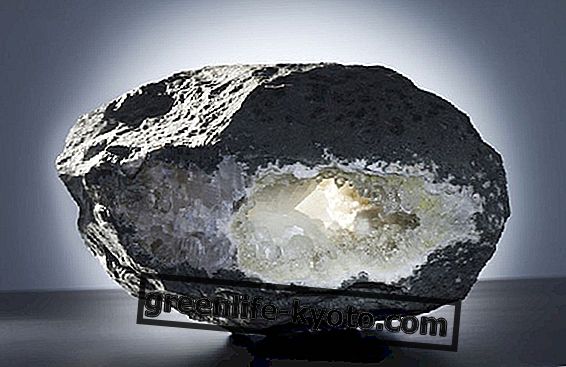
Who is the physiatrist?
The physiatrist is that doctor - therefore graduated in medicine and surgery - specialized in Physical and Rehabilitative Medicine, also called Physiotherapy, Physiology or Physical Medicine and Rehabilitation.
The founder of this specialist branch was the American doctor Frank H. Krusen in the early twentieth century, creating the first Rehabilitation Department at the Temple Hospital in Philadelphia in 1928 and writing the basic book " Physical Medicine " in 1941.
The training in Italy includes a post-graduate specialization school of 4 years and a limited number.
What diseases the physiatrist treats
The physiatrist is in charge of visiting all those patients who have suffered a physical injury, be it congenital, consequent to an operation or caused by diseases or accidents.
The physical disability that follows can be as much at the osteoarticular, musculoskeletal, as neuro-motor, relational, psychological or connected to one's physical environment.
To be clear, the physiatrist is not only concerned with evaluating back pain or fractures, but, for example, also bladder disabilities, swallowing or joint articulation, after-effects of stroke, Parkinson's disease, ALS or other yet.
Physiatrist therapy
The therapy that is prescribed can include both a pharmacological part and a physiotherapeutic part, during which the most appropriate techniques to alleviate and treat the disorder are illustrated.
In fact the physiatrist is thoroughly familiar with the human body and the methods and means that can help bring it back to health, namely: ultrasounds, magnetotherapy, tecar therapy, antalgic currents, Tens, laser therapy, hyperthermia, diadynamics and so on, also entering into therapies of last generation.
Physiatrist or physiotherapist?
The physiatrist can operate both privately and publicly, working in collaboration with an inter-professional rehabilitation team. There is often confusion between the figures of the physiatrist and the physiotherapist and it is not clear, if necessary, who to go to.
In fact, once the physiatrist has prescribed the treatment methodology to the patient, the physiotherapist accompanies the execution of the various activities and selected processes.
As a physician explains very well in this video, the physiotherapist is a graduate technician who deals with rehabilitation and the execution of this through various physiotherapy and rehabilitation techniques. The collaboration and the constant comparison between the two figures, during the treatment of a patient, is very important.
Useful references: The Scientific Society that groups most Italian physiatrists is SIMFER (Italian Society of Physical and Rehabilitation Medicine). Internationally there is the International Society ISPRM (International Society of Physical & Rehabilitation Medicine). A useful site, totally dedicated to rehabilitation, is Ilfisiatra.it.













